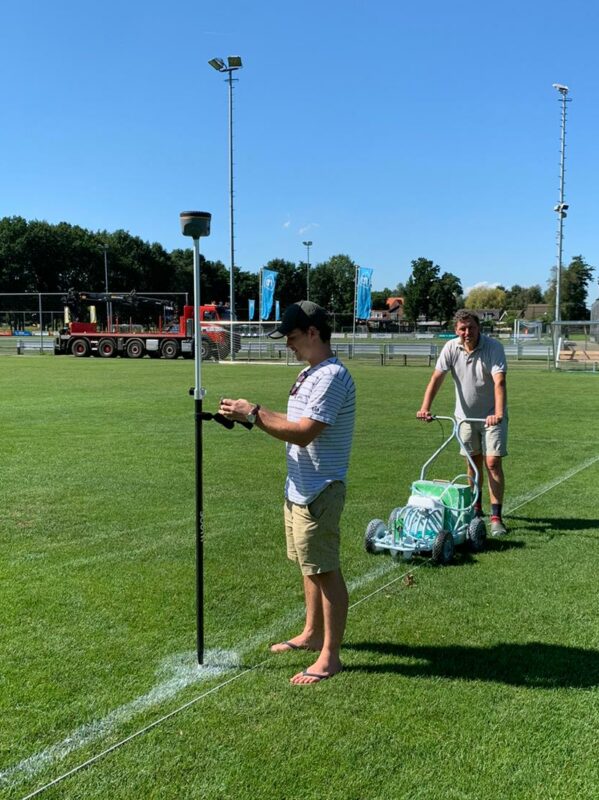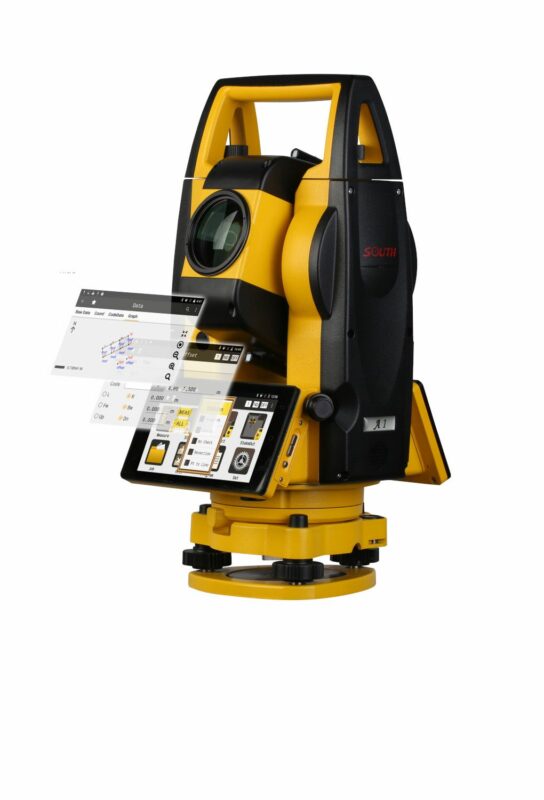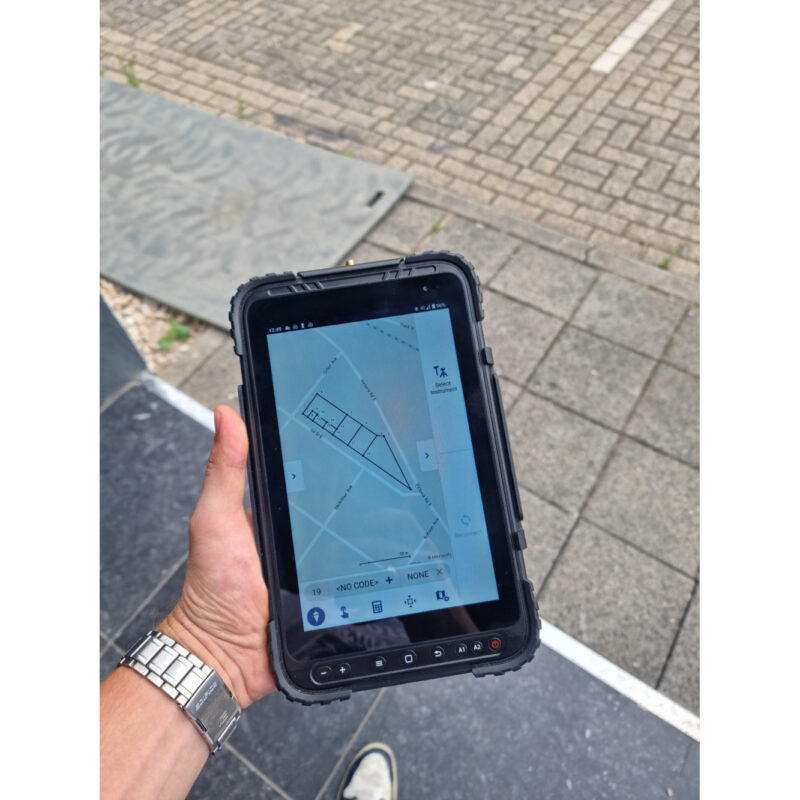LiDAR
Lidar Technology: The Key to Safe and Efficient Autonomous Vehicles
Introduction
Self-driving cars are becoming increasingly common on our roads, and one of the key technologies that make them possible is lidar. Lidar, which stands for Light Detection and Ranging, is a type of sensor that uses laser beams to create a 3D map of the car’s surroundings. This article will explain what lidar is, how it works, and why it’s so important for autonomous vehicles.
What is Lidar?
Lidar is a sensor that uses laser beams to measure the distance to objects in the car’s environment. It works by emitting a laser beam and measuring the time it takes for the light to bounce back. By knowing the speed of light and the time it takes for the laser to return, the lidar sensor can calculate the distance to the object.
How Does Lidar Work in Autonomous Vehicles?
In autonomous vehicles, lidar sensors are typically mounted on the roof or front of the car. The sensor emits a laser beam and measures the time it takes for the light to bounce back. This information is used to create a 3D map of the car’s surroundings. This map is then used by the car’s computer to navigate and make decisions about how to drive.
Why is Lidar Important for Autonomous Vehicles?
Lidar is important for autonomous vehicles for a few reasons. First, it allows the car to “see” its surroundings in 3D, which is crucial for navigation and decision-making. Lidar can also detect objects that are far away, which means the car can detect potential hazards well before they become a problem.
Furthermore, Lidar is very robust in adverse weather conditions, even in complete darkness. Unlike cameras that rely on visible light, Lidar sensors can detect objects by bouncing laser beams off of them, so they can “see” in complete darkness or through fog and rain.
Another benefit of lidar is that it can detect the shape, size, and movement of objects, which allows the car to distinguish between a car and a tree, for example. This is important for avoiding collisions and making safe driving decisions.
Different types of Lidar
There are several different types of lidar sensors available, each with their own strengths and weaknesses.
-
Mechanical Lidar: This type of lidar uses a spinning mirror to scan the environment. It is relatively inexpensive and has a long range, but it is also relatively bulky and has a relatively low resolution.
-
Solid-State Lidar: This type of lidar uses a fixed mirror to scan the environment. It is more expensive than mechanical lidar, but it is also more compact and has a higher resolution.
-
Flash Lidar: This type of lidar uses a single laser pulse to scan the entire environment. It is the most expensive type of lidar, but it also has the longest range and the highest resolution.
The Future of Lidar in Autonomous Vehicles
As the technology of lidar continues to improve, we can expect to see even more advanced self-driving cars on the road. One of the biggest advancements in lidar technology is the development of solid-state lidar. This type of lidar is smaller, more reliable, and more cost-effective than mechanical or flash lidar. As a result, we can expect to see more and more solid-state lidar sensors in autonomous vehicles in the future.
Another area of advancement for lidar is the development of high-resolution lidar. This type of lidar can detect smaller and more detailed objects, which is important for safe driving and navigation. High-resolution lidar can also detect objects at a greater distance, which will allow autonomous vehicles to detect potential hazards even earlier.
Finally, lidar technology is being integrated into other technologies like 5G and AI, this will enable more advanced features for autonomous vehicles, such as real-time mapping and high-speed communication. This will make self-driving cars even more efficient and safer on the road.
Conclusion
Lidar is a crucial technology for autonomous vehicles, and it’s only going to become more important in the future. With the development of solid-state lidar, high-resolution lidar, and the integration of lidar with other technologies, we can expect to see even more advanced self-driving cars on the road in the future. Lidar is a key technology in the development of autonomous vehicles, and its importance will continue to grow as the technology improves and becomes more widely available.



